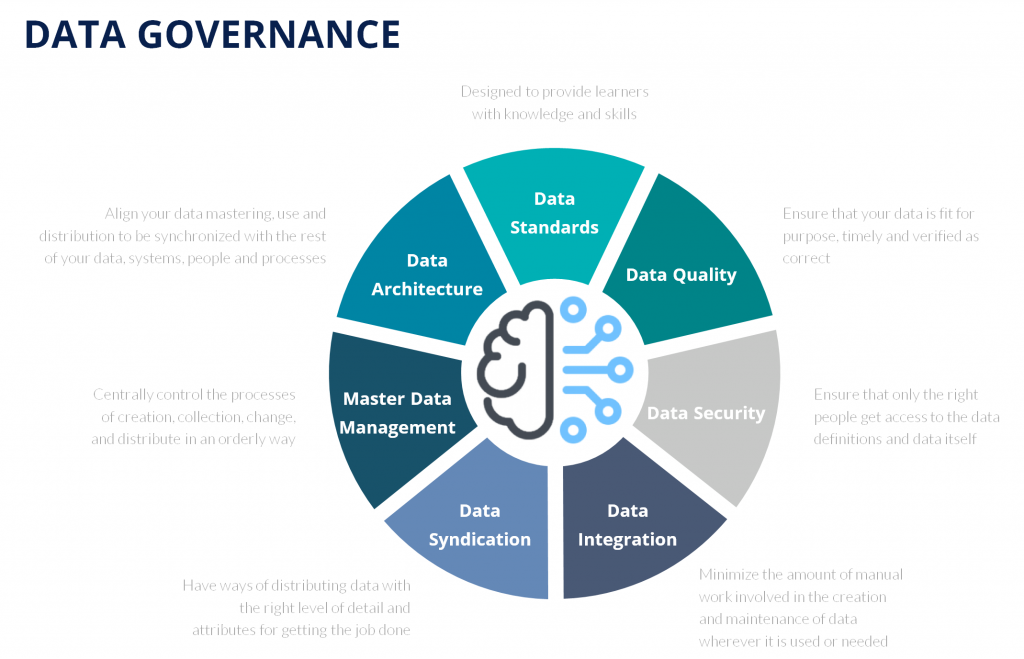Data is the piranha-infested river for successful marketing automation initiatives and this includes those that have things like ABM [1] in mind. Customer account data is messy at the best of times and requires both Marketing Automation and customer data knowledge, both of which are hard to find in a single resource or team.
Forrester’s research of “The US Marketing Technology And Services Outlook, 2017 To 2022” from 2017 suggested that US marketers would increase their investment in marketing technology by 27% reaching $122 billion spent on marketing tech by 2022, so we were all cautioned to not expect the pain and suffering of getting solutions in place, to let-up any time soon. Revenue in the IT Services market alone is projected to reach US$440.20bn in 2023 in the US according to Statista.
Online media spending in the US totaled $277.3 billion in 2022, up 13.5% from 2021, according to data from Winterberry Group (membership required).
The growth is below the 16.6% year-over-year growth predicted for 2022, indicating a deceleration in digital media spend, but online marketing spending accounted for over half (57.7%) of the $480.8 billion in total. In 2023, online marketing spending is forecast to grow by 10.8%, with market share predicted to rise to 60.3% of the total $509.2b expected to be spent.
The data problem has existed for as long as people have been collecting it and has become even more acute since the use of CRM became more commonplace. The promise of CRM like that of ERP is to hold all your data in an integrated and unified way so that marketing, sales, logistics, and accounting all have the same unified view. That single source of truth was hard to achieve in the first place and for many companies is still not really the way their data management approaches work.
With a large enterprise, there may be multiple systems of record, CRM, ERP, CDP, and then potentially multiples of each of those. Collecting customer data has created a mess of overlap and duplication because these platforms weren’t designed to function across multiple organizations or business units in some cases! Logistics for example probably don’t need access to the CDP.
Sales and marketing, customer service, support, warranties, assets, accounting, and others all have their own distinctive and siloed unique way of adding data into isolated systems, which complicates things even further. Combine that with the fact that many systems of a record actually source their data from a mess of data sources and sourcing channels with manual and automated connectivity, and you have a world that is inherently predisposed to data quality issues.
In reality, organizations need and want some central repository of critical customer data that they can consider as the entrenched source of truth so that they can galvanize all their other knowledge and insight around that single customer record. This in turn will help them provide an optimized experience and service levels to customers which in turn helps with retention and upsell.
What we have in the current CRM, ERP, and CDP offerings, is fractured and fragmented solutions which are mostly very good at solving the problems that were designed to solve but which don’t answer the other challenge of organizations, what are the key characteristics of my customer and is all the information that I have unified, proper and correct?
Only a customer master data management system can provide the essential data hub that can firewall, gate-keep, and appropriately distribute an authenticated and complete identity for the customer.
We believe the Pretectum CMDM is the ideal customer master data management solution for all shapes of business in all industries. Whether you have 1 system or 100 systems, Pretectum’s CMDM can support and speak to all of them. Whether you have 100 customers or millions, the Pretectum CMDM will help you curate them all and better still, provide them with their own self-service curation options that ensure you have the latest and best information.
With ABM, marketing resources are dedicated to a specific set of target accounts and the contacts within them. This highly targeted account-based strategy requires marketing and sales teams to align to deliver an on-point consistent and coherent message to the right person in a given account.





